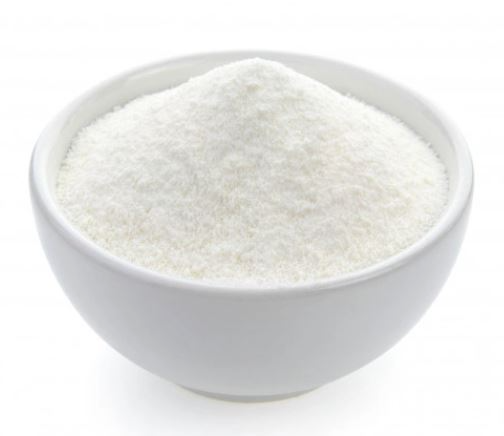
Privi Geoxol Soil Conditioner, Eco-Friendly Solution to Control Water Erosion And Improve Soil Health
9% Off






23 Dec 2025
Dry area turned soft next week
23 Dec 2025
AgriBegri gave full help on call
23 Dec 2025
My cotton plants looked more healthy
22 Dec 2025
Good for fertilizers and farming goods
22 Dec 2025
Everything arrived in single delivery
21 Dec 2025
Land became soft after spreading gypsum
20 Dec 2025
Didn\'t smell bad and dissolved fast
19 Dec 2025
App loaded even on small phone
19 Dec 2025
Using this app every season now
18 Dec 2025
Helped in better root growth and plant health